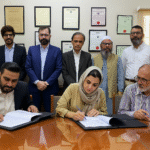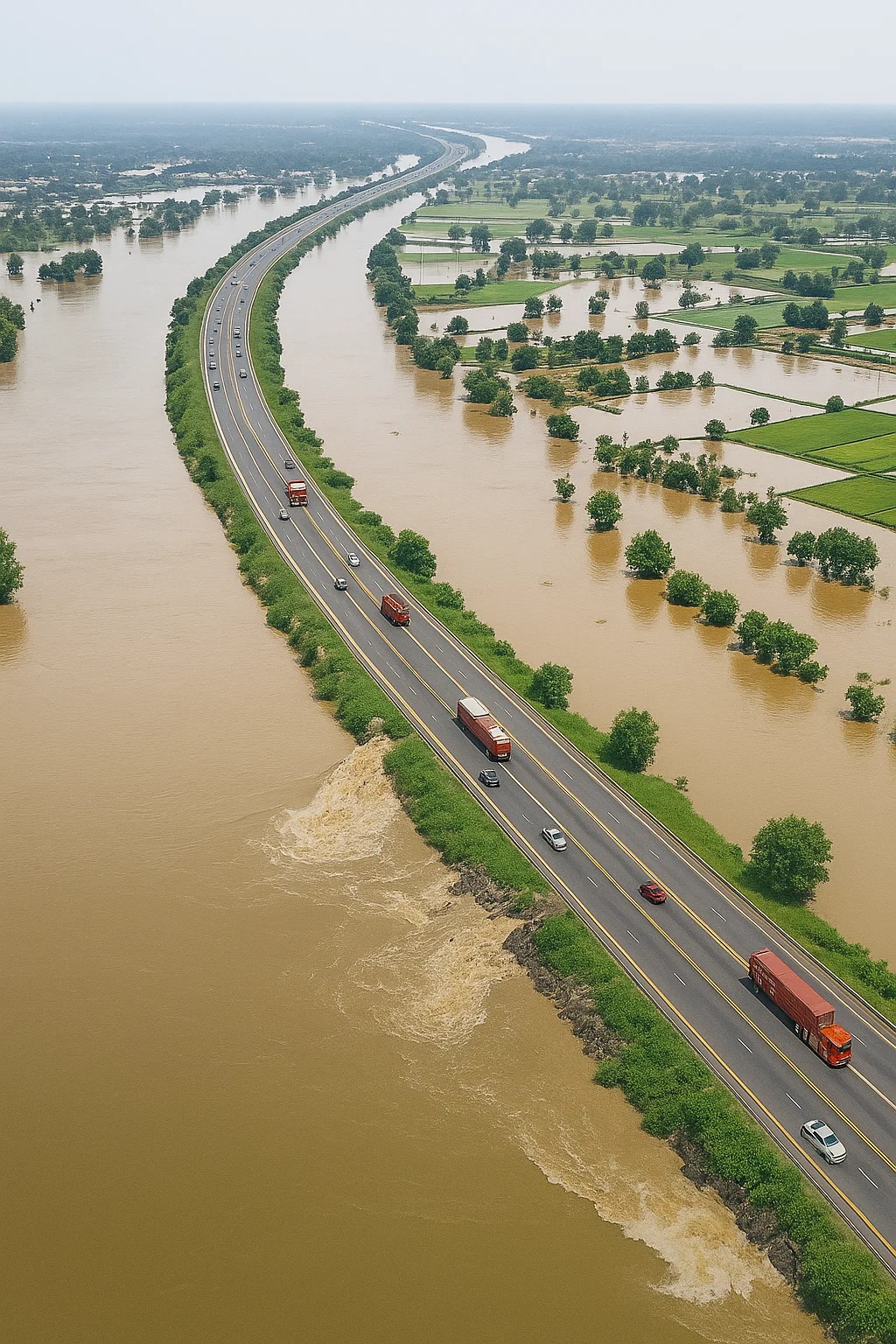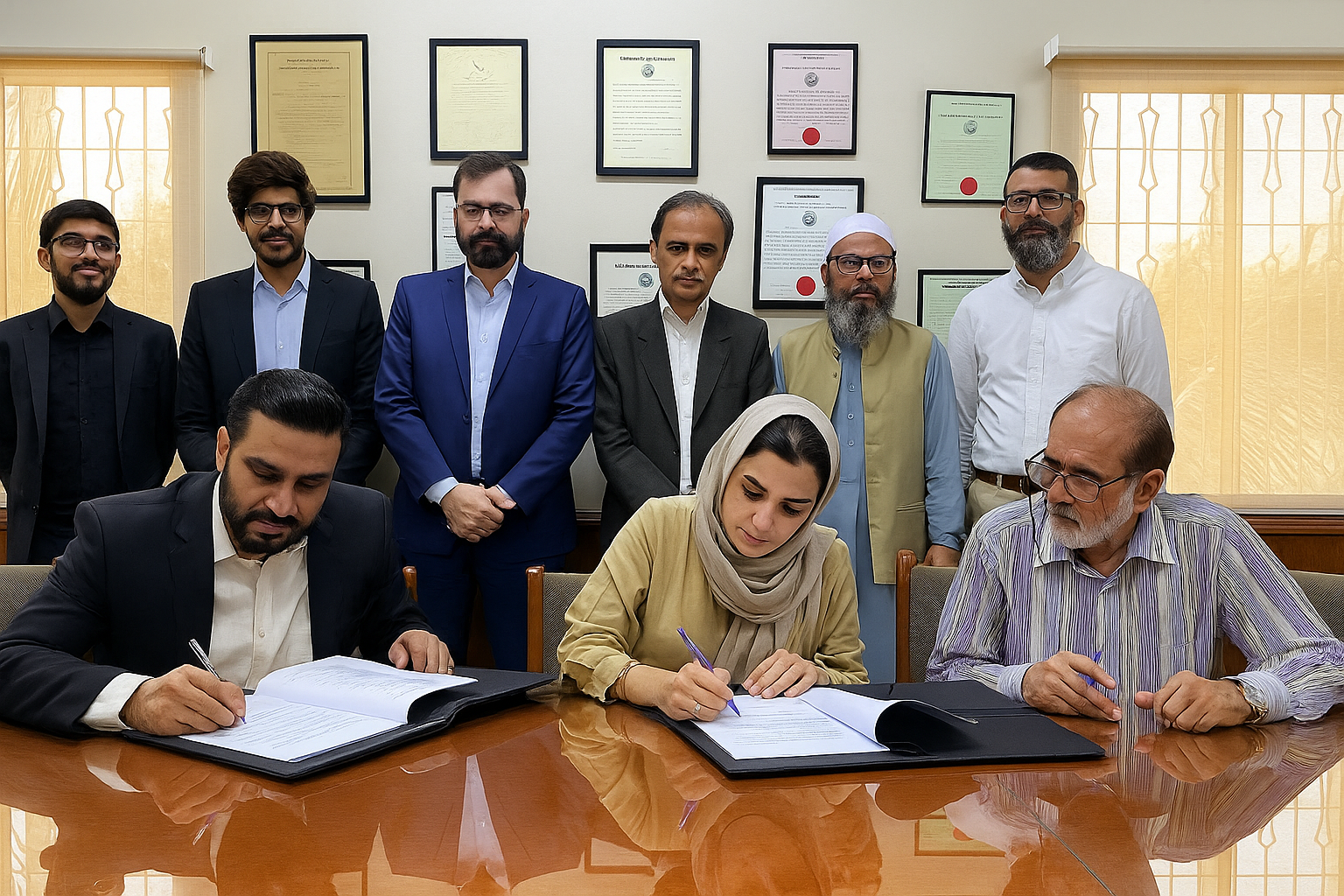The Chief Minister Punjab Green Credit Program is emerging as one of the most innovative initiatives in Pakistan’s fight against climate change. Launched by the Environment Protection and Climate Change Department, the program seeks to connect everyday citizens with the broader environmental agenda by offering both recognition and financial incentives. At its heart, the Green Credit Program creates a direct link between individual eco-friendly actions and tangible rewards, making sustainability a practical and achievable goal for everyone.
Concept Behind the Green Credit Program
The philosophy behind the Green Credit Program is straightforward yet powerful: when citizens take steps that benefit the environment, they should be rewarded for their contribution. Traditionally, environmental responsibility has been seen as the job of governments, NGOs, or large corporations. However, this program redefines the landscape by empowering every individual to become an active participant in the journey toward a cleaner and greener Punjab.
Actions That Earn Green Credits
A wide range of eco-friendly practices qualify under the Green Credit Program, making it accessible to people from different walks of life. Among these activities are:
-
Tree Plantation: Citizens can earn credits by planting trees, a measure that not only increases greenery but also combats air pollution and rising urban temperatures.
-
Waste Recycling: Household recycling of plastics, paper, and other waste is encouraged to reduce landfill burden.
-
Solar Energy Use: Installing or utilizing solar-powered appliances helps reduce dependence on fossil fuels.
-
Rainwater Harvesting: Collecting and using rainwater conserves resources and reduces pressure on water supply systems.
These activities, when combined, have the potential to transform Punjab into a province that leads Pakistan’s climate action efforts. By embedding such practices into daily life, the Green Credit Program turns climate action from a moral obligation into an achievable lifestyle choice.
Financial Incentives of the Program
One of the most appealing aspects of the Green Credit Program is its financial component. Each Green Credit has a value of PKR 10,000, and citizens can earn up to PKR 100,000 depending on their level of participation. For example, a family that installs solar appliances, participates in recycling, and plants trees can significantly boost their earnings while also contributing to the environment.
This dual incentive — protecting the planet while receiving financial rewards — makes the Green Credit Program stand out as a model of climate finance. It not only motivates citizens to change their behavior but also ensures that eco-friendly actions are valued in real economic terms.
Pilot Phase in Lahore
Currently, the Green Credit Program is being implemented as a pilot project in Lahore, Pakistan’s second-largest city and one of its most polluted urban centers. Lahore has long struggled with smog, waste management challenges, and rapid urbanization. The program’s pilot launch here allows policymakers to test its effectiveness in a city where environmental challenges are most pressing.
If successful, the program will gradually expand to other districts of Punjab, reaching millions of citizens. Authorities believe that once scaled up, the Green Credit Program can spark a province-wide movement for sustainable living.
Read More:
https://freedompakistan.com.pk/pakistan-army-rescues-flood-hit-people-via-helicopter-in-jhelum/
Broader Impact on Society
The Green Credit Program is not just about tree plantation or waste recycling — it’s about shifting the mindset of communities. By linking financial rewards with climate-friendly behavior, the program builds a culture of accountability and responsibility. It transforms citizens from passive observers of climate issues into active contributors to solutions.
Moreover, the program has the potential to:
-
Boost Green Jobs: As more people participate, demand for tree nurseries, solar installers, and recycling services will increase.
-
Improve Public Health: Cleaner air, reduced waste, and more greenery will lower pollution-related diseases.
-
Strengthen Community Bonds: Shared participation in eco-friendly initiatives will bring neighborhoods together.
Through these ripple effects, the Green Credit Program could become a cornerstone of Punjab’s long-term climate strategy.
Green Credit Program as a Model for Pakistan
Climate change is no longer a distant threat for Pakistan. With devastating floods, heatwaves, and water shortages becoming frequent, urgent action is required. The Green Credit Program represents a pioneering local climate finance model — the first of its kind in Pakistan. By placing citizens at the center of the effort, it demonstrates that solutions to global challenges can begin at the grassroots level.
If replicated nationwide, the program could mobilize millions of people, making Pakistan a leader in community-driven climate resilience. It could also inspire other developing countries facing similar climate challenges to adopt citizen-centric financing approaches.
Challenges and the Road Ahead
While the Green Credit Program holds immense promise, it also faces challenges. Ensuring transparency in awarding credits, verifying genuine environmental actions, and preventing misuse of funds are critical tasks. Strong monitoring mechanisms will be required to maintain public trust.
Additionally, widespread awareness campaigns are essential so that citizens in both urban and rural areas understand how they can participate. Partnerships with local governments, NGOs, and private sector players will also be important to sustain the program over the long term.
Conclusion
The Chief Minister Punjab Green Credit Program is more than just an environmental initiative; it is a transformative model that combines climate action with financial empowerment. By encouraging citizens to plant trees, recycle waste, harvest rainwater, and adopt renewable energy, it directly rewards individuals for protecting the environment.
As it moves from pilot to province-wide implementation, the Green Credit Program has the potential to revolutionize the way Pakistan approaches climate change. It bridges the gap between government policy and citizen action, creating a shared responsibility for building a sustainable future.
In a world where climate change threatens lives and livelihoods, Punjab’s Green Credit Program stands as a bold, innovative, and people-powered step toward resilience, sustainability, and hope.












